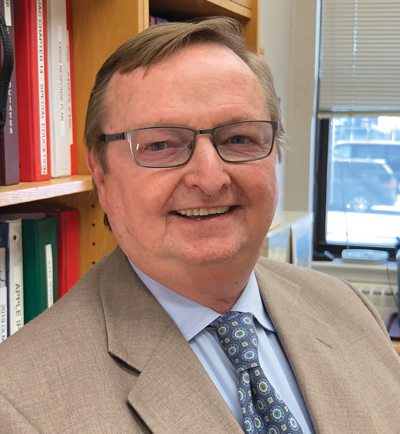Speech Therapy in a Special Education Environment

Gestures, sign language
People easily recognize common nonverbal gestures like pointing and head shaking. So using a formal method of gestures in the place of vocal words is an excellent way of providing the child with a temporary form of communication until he/she can verbally produce the words. Although sign language is usually understood as the language used by the hearing impaired, speech therapists have long used it as a tool for communication development.
Picture communication symbols/Picture Exchange Communication System (PECS)
Picture symbols allow students with little or no communication abilities to communicate using pictures. Students present appropriate picture cards to communicate a request, or thought. PECS begins with the exchange of simple icons but rapidly builds sentence structure to generate a self-initiating, functional communication system.
Voice output communication aids (VOCA)
VOCAs are electronic speech-generating devices that allow students to “speak” electronically. It may be digitized, pre-recorded speech, or synthesized computer generated speech, or both. There are a number of ways to operate these aids. For example, students can flip a switch, press buttons or a touchscreen, or use a keypad to express requests and ideas. The device then voices the corresponding words.
Oral motor exercises
Oral motor strength and skills determine how we use the muscles inside the mouth, including the tongue, lips, cheeks, and jaw. Oral motor exercises help students develop awareness, strength, coordination, and mobility that can better enable them to talk.
From low-tech approaches like pictures, gestures, and oral exercises to high-tech approaches like speech-generating devices, speech therapists in special education settings work to help students with language or communication difficulties to add to their existing ways of communicating. Students can learn to use some or all of these tools to understand what people are saying, ask for what they need, make comments, and answer other people’s questions.
Request a Tour of The Gateway School

Since 1980, RKS Associates has been a leader in providing the needs of special education students and helping children grow to their fullest potential. Each of our schools seeks to empower each student with skills for life, work, and recreation; we believe that every individual possesses the dignity and potential to contribute to a better world.
As part of the RKS Associates Network of schools in New Jersey, the goal at the Gateway School is to assist all students in becoming as independent as possible and help them get ready for the future. Located in Carteret, NJ, we serve individuals throughout Central and Northern New Jersey. Contact us at our main office at 732.541.4400 with any questions or schedule a private tour of the Gateway School today.
Chris Hoye, Principal-The Gateway School of Carteret, NJ


